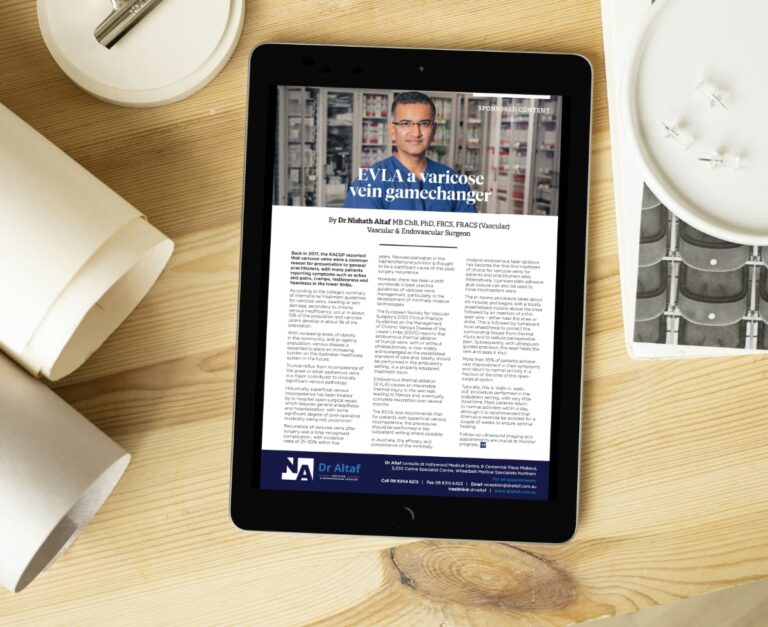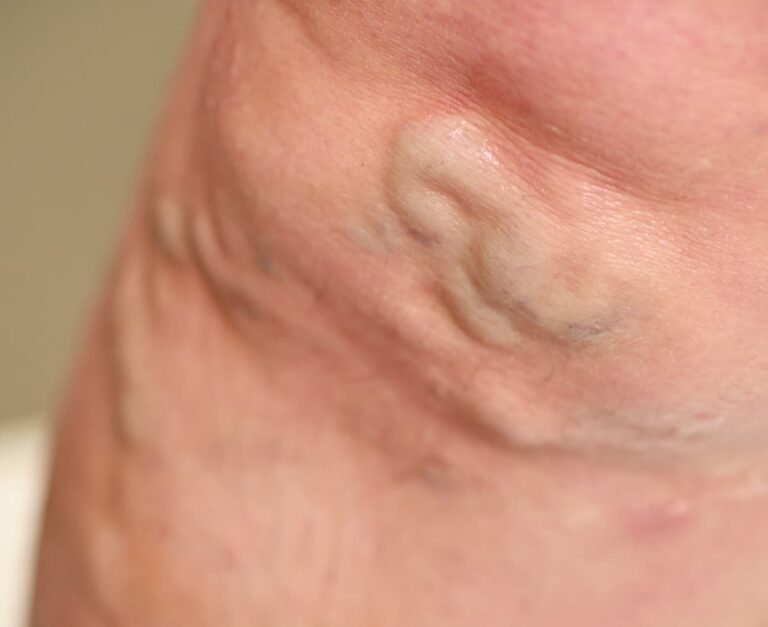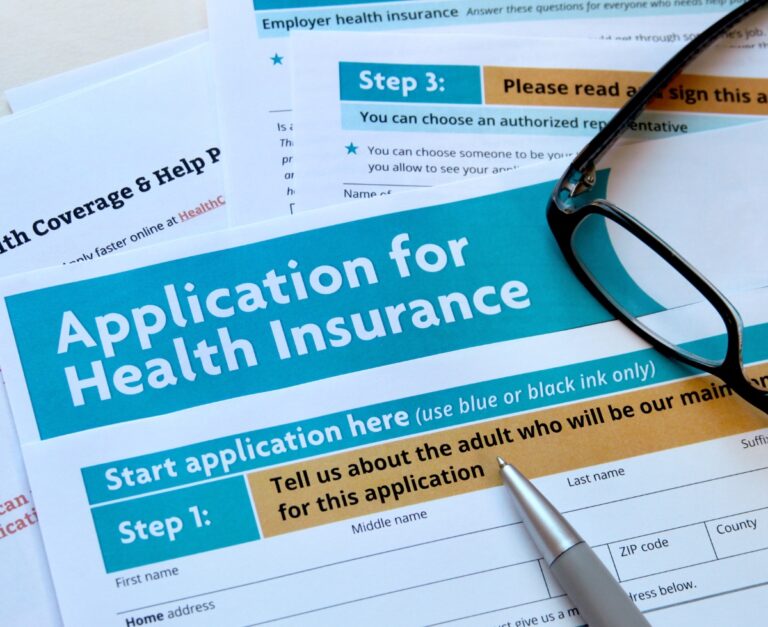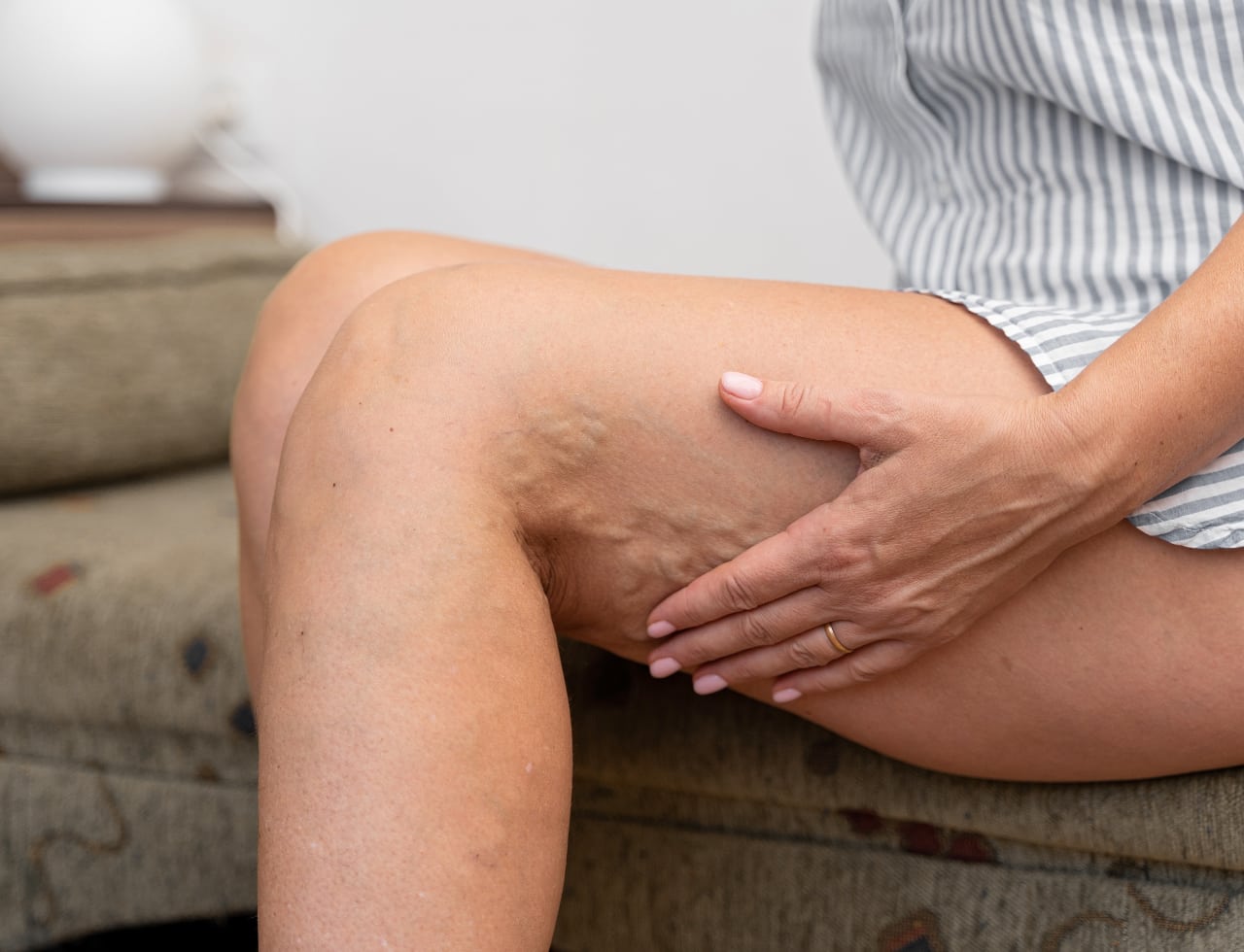Varicose vein treatment Perth
Varicose veins: Here's what you need to know
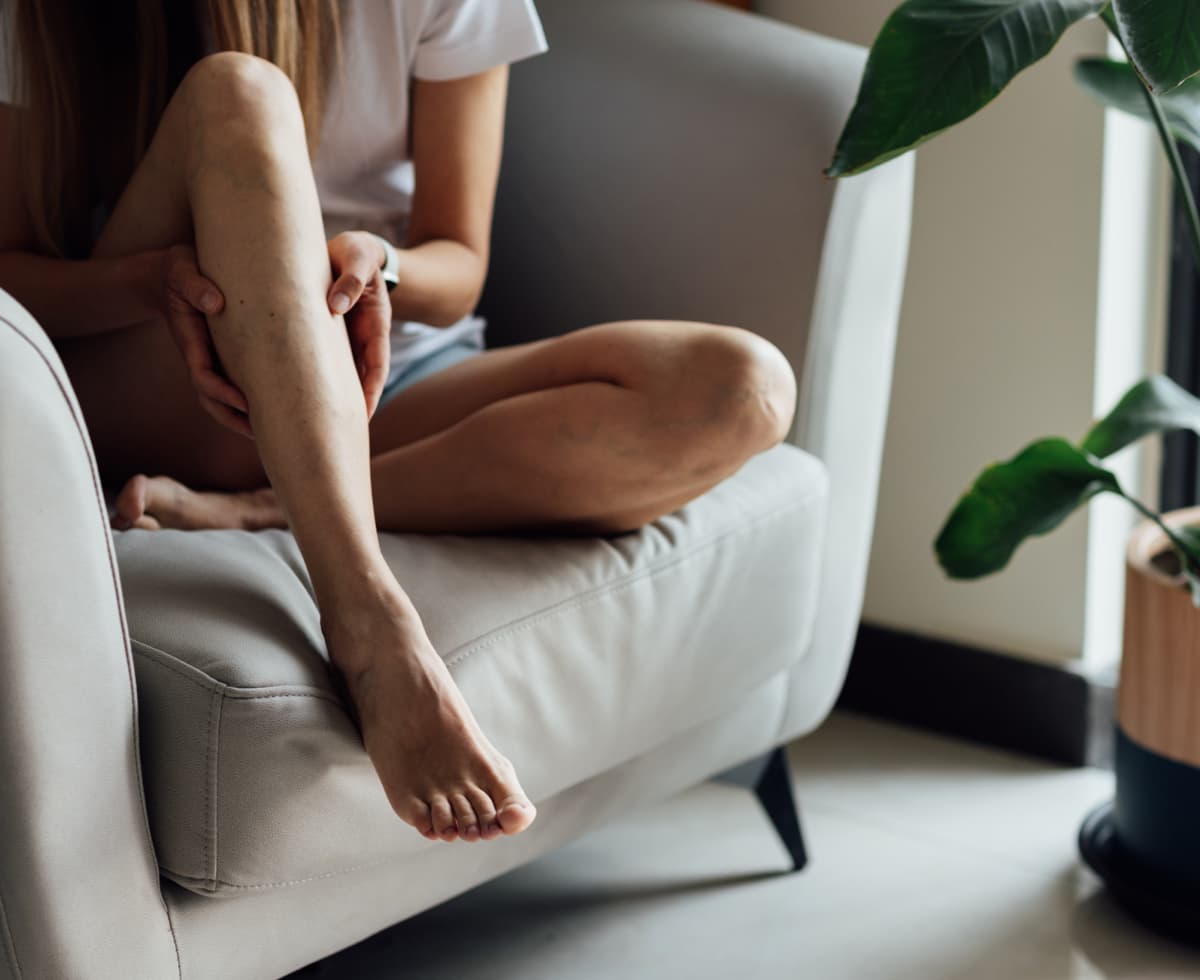
Varicose veins are prominent, swollen, tortuous and enlarged veins, mainly found in your legs. They can ache, feel heavy and be uncomfortable. They may bother you for aesthetic reasons. There are many treatments available for varicose veins – from minimally invasive procedures such as laser endovenous ablation and glue ablation to open surgery.
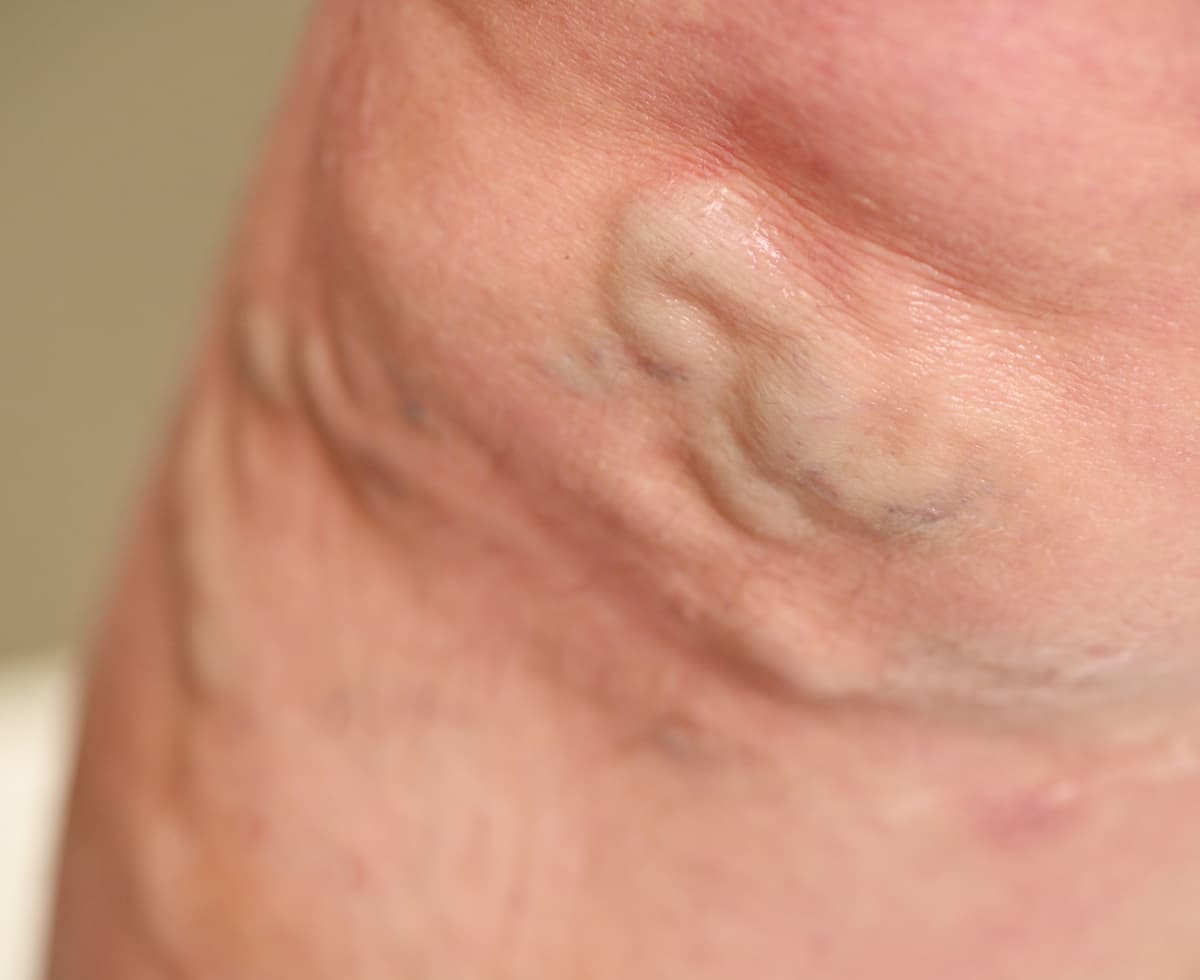
Why do I have varicose veins?
What are varicose veins?
Varicose veins are swollen, tortuous and enlarged veins that often appear on the legs and bother people because of their appearance.
In some cases, however, varicose veins can cause:
- Aching, heavy and uncomfortable legs
- Swollen feet and ankles
- Muscle cramps in your legs
- Dry skin, colour changes and eczema in the legs
- Ulcers
Why do I have them?
The veins of your leg allow the blood to be transported from your feet to your heart. Valves within the vein allow the blood to flow in one direction.
When you have varicose veins it means those valves are not properly working and the blood can flow backwards. In other words, the blood is collected in the vein, eventually causing it to be swollen and enlarged, resulting in varicose veins.
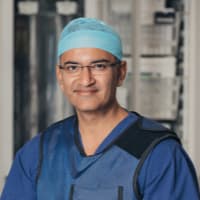
Varicose vein specialist Perth
The likelihood of this happening depends on many factors, and age is only one of them.
Latest articles about varicose veins
Quick links
The top 5 reasons why you may have varicose veins
Age
Damaged vein valves are the primary cause of varicose veins. When we age, these valves naturally weaken. Consequently, as the valves lose their elasticity and strength, the risk of varicose veins increases.
But even before you reach the age of 40, you may see raised ropes of blue and purple veins on your legs and feet. That’s because there are other factors that can cause varicose veins.
Pregnancy
About 2 in 5 pregnant women develop varicose veins due to hormonal changes. As the growing foetus requires more blood volume, there is more pressure in the pelvis and in the legs. The progesterone hormone also widens and relaxes the veins. This in turn can cause varicose veins. In most cases, these varicose veins will disappear after child delivery.
Heredity
Varicose veins tend to run in families. So if some of your close family members suffer from varicose veins, you are likely to get them too, eventually.
Hormone therapy
Birth control pills containing oestrogen, one of the main female sex hormones, may increase your risk of developing varicose veins. Hormone replacement medications prescribed to lessen the symptoms of menopause may also increase your risk.
Lifestyle
Extra weight adds to the stress put on the veins in your legs and abdomen. A regular exercise routine that focuses specifically on building up calf muscles — such as walking and biking — helps support the veins as they pump blood back to your heart.
If you spend many hours during the day sitting at a desk, be sure to get your blood flowing again by taking frequent short walks and flexing your ankles while seated.
Yes. Exercising, wearing compression stockings, elevating your feet several times a day, and maintaining a healthy weight are great self-care methods to lower the risks of varicose veins or reduce the symptoms.
Varicose veins are a common condition. Worldwide prevalence rates are estimated to be around 25%. Statistically, varicose veins predominantly affect women.
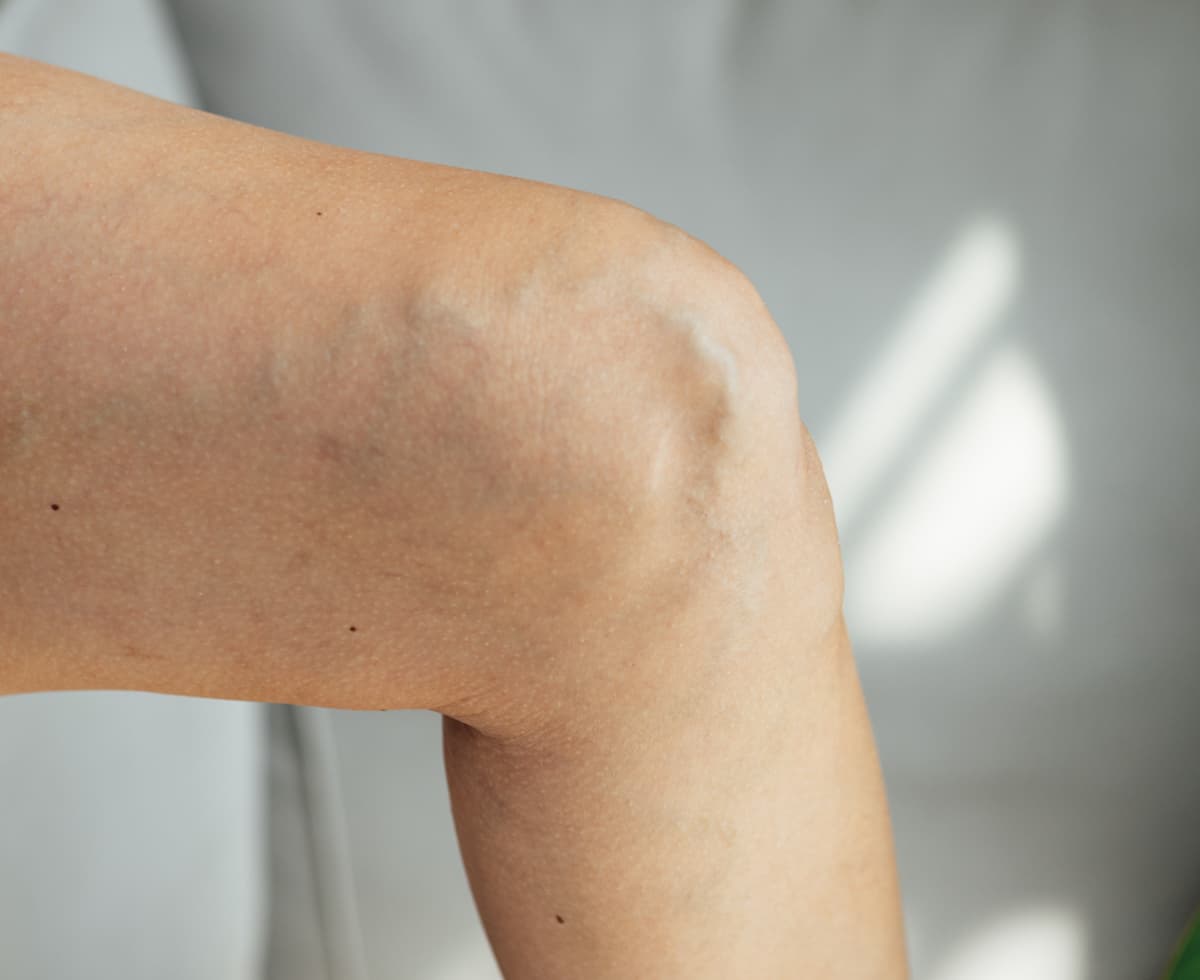
Types of varicose vein treatment
There are many treatments available for varicose veins. Some are minimally invasive, such as laser endovenous ablation and glue ablation. In other cases, your vascular surgeon will do open surgery.
The type of treatment depends on the size, extent, location and dimensions of the venous damage.
To assess this, we perform an ultrasound that maps out all varicose veins. Then I will clinically assess your veins and discuss the different options available to you.

Varicose vein
specialist Perth
Vascular Surgeon Perth
Adjunct Clinical Associate Professor at Curtin University
Even though some treatments have better outcomes than others, some people prefer a procedure that is covered by private health funds. For varicose vein treatment, there is only one procedure covered by private health insurance, and that is open surgery. Let’s go over all your options.
Open surgery - stripping of varicose veins
Open varicose vein operations are usually performed as day case procedures in hospitals. The vast majority of patients can be treated very successfully with minimally invasive surgery, however in a small proportion of patients open surgery may be indicated.
The exact type of operation depends upon the anatomy of the varicose veins and may include stripping of the varicose veins or avulsions.
An incision is generally performed in the groin, and the vein that is not working is tied off. This vein is then removed from the leg through another small incision further down the thigh or leg. Smaller incisions are made over the varicose veins and are removed. The groin is closed with dissolvable stitches and the leg is wrapped in compression bandaging.
Outcomes:
Good results but not as good as other minimally invasive procedures.
Recurrence:
80-85% of patients will not get varicose veins back after 10 years.
Recovery:
2 weeks recovery
Private health:
Covered if appropriate health cover
- General anaesthesia
- Risk of infection, particularly in the groin
- Risk of deep venous thrombosis – this is rare (<1%)
- Risk of nerve injury – The saphenous vein lies close to the long saphenous vein below the knee. This can be damaged or stretched and result in some numbness in the inside of the lower leg. This tends to improve in the majority of people over the next few weeks to months
Endovenous laser ablation
What is it:
A tiny puncture is made in the leg. It does not require stitching and only local anaesthesia is needed. Laser energy is then used to heat damaged veins and seal them closed. A laser fibre is used to shut the varicose vein from the inside without the need for a scalpel.
This fibre is inserted through a small cut in the skin around the knee or ankle into the varicose vein.
It is guided into place by ultrasound. Local anaesthesia is then used to and the laser is then fired, which delivers laser energy to the vein wall. Inflammation of the vein wall then occurs over weeks or months, resulting in fibrosis which then closes off the vein.
There is a very high success rate associated with this procedure, with more than 95% of patients reporting improved symptoms.
Before medical advances, the best treatment choice for varicose veins was thought to be ligation and stripping (open surgery). However, minimally invasive endovenous laser ablation has now become the treatment of choice for vascular specialists. It is a first-line recommendation by the European Society of Vascular Surgeons as well as the US vascular societies in the treatment of varicose veins. Most varicose veins can be treated like this.
Outcomes:
Excellent results
Recurrence:
95% of patients will not get varicose veins back after 10 years.
Recovery:
Minimal, it’s an outpatient procedure done in my rooms. Most patients can resume regular activities the following day, but ideally should not restart heavy exercise for at least a week.
Most patients usually go back to work within a couple of days, however if your job involves significant leg activity or prolonged standing, then it is suggested to take some more time off prior to starting work.
Private health:
Not covered (but eligible for a medicare rebate)
There are risks involved with any medical procedure. However, I will work with you to ensure that these are minimal.
Complications can include:
- Numbness – this can occur over the treated area. However, it is usually temporary, lasting a few weeks or months.
- Bruising – black or blue bruises can occur, developing along the inner thigh for up to two weeks after treatment.
- Inflammation of veins – the intentional inflammation may cause localised swelling, tightness and tender lumpy areas along the inner thigh. The resulting pain is often likened to a pulled muscle.
These after-effects are all part of the healing process and are quite normal. They can last between three to six weeks following the procedure.
More infrequent complications include:
- Recurrence of varicose veins (5-20% at five years)
- Infections – occurs in less than 5% of cases.
- Swelling of treated legs – could be permanent in up to 5% of people. Sometimes the cause of this is unknown.
- Deep vein thrombosis – occurs in less than 1% of cases
- Skin burns – occur in less than 1% of cases.
Venaseal glue ablation
What is it:
This treatment allows the application of specially formulated glue to close the vein. When the VenaSeal or the superglue treatment is performed, only one needle is needed per vein treated. There is no need for additional local anaesthetic injections around the vein – unlike endovenous laser ablation.
Venaseal works by delivering medical glue directly in the affected vein using ultrasound. Pressure is then applied to close the vein with the glue. The blood is re-routed to healthy veins.
Outcomes:
Very good results
Recurrence:
85-90% of patients will not get varicose veins back after 5 years. As it is a newer treatment, long-term results are unknown.
Recovery:
Minimal, it’s an outpatient procedure done in my rooms, with no requirement for stockings. – similar to laser recovery
Private health:
Not covered, but eligible for a medicare rebate
- There may be some localised discomfort over where the glue was placed. Having some nurofen usually gets on top of the pain.
- In a small proportion of patients there may be some inflammation with redness over the treated vein. This usually settles over the next few weeks.
- There is small risk of DVT.
- The risk of allergy is very rare.
Sclerotherapy
What is it:
Ultrasound-guided foam sclerotherapy involves injecting a solution – a chemical agent known as a sclerosant – to eliminate varicose veins through blood vessel scarring and closure. Sclerotherapy has been used in medicine for more than 150 years.
Medical advances have seen the comeback of sclerotherapy due to the more frequent introduction of duplex ultrasound and foam sclerosants. It is an effective and simple treatment for varicose veins.
With foam sclerotherapy, the liquid sclerosant is mixed with air to create foam. Under ultrasound guidance, it is injected into the varicose vein, displacing the blood within the vein, and filling it with the sclerosant. As a result, the vein spasms and scars. The vein is then checked with an ultrasound to measure the success of the injection.
Ultrasound-guided sclerotherapy improves the accuracy, safety and efficiency when treating large varicose veins. Veins can be accurately mapped with the help of ultrasound which helps direct the needle tip to the targeted vein. The sclerosant is then injected into the vein through ongoing monitoring, which also helps Dr Altaf control the injection’s direction.
This treatment allows the closure of smaller veins and spider veins - It does not work as well in bigger veins where the failure rates tend to be higher.
It is also used as an adjunct to treat smaller veins after the larger veins have been treated with laser or glue therapy.
Outcomes:
Moderate.
Recurrence:
About 60% of patients will not get varicose veins back after 3 years. Veins may need to be re-injected to improve the success rate. Early recurrence is monitored through regular ultrasound surveillance.
Recovery:
Patients usually walk out after the procedure and resume normal activity the following day. Usually patients are expected to wear stockings for 1 week.
Private health:
Not covered
There are risks involved with any medical procedure. However, I will work with you to ensure that these are minimal.
Complications can include:
- Bruising – this almost always occurs after the procedure but will improve in time. Applying bruising creams, and anti-inflammatory gels and wearing medical compression stockings will aid recovery.
- Skin staining – occurs in 40-50% of cases, but usually fades within six to 12 months, but sometimes can be longer.
- Skin ulceration –occurs in less than 1% of cases. Worst cases may require skin grafting.
- Deep vein thrombosis with the potential of pulmonary embolism – occurs in less than 1% of cases.
Frequently asked questions
If you are unsure you can find out yourself by answering 5 short questions.
If you have varicose veins and you want them to be removed, you might consider seeing a vein specialist. Lots of doctors call themselves vein specialists, so let’s take a closer look at the differences between the types of specialists. In this article I explain the 2 main groups of physicians that call themselves ‘vein doctors’.
Great question! Whether you’re covered for varicose vein treatment depends on several factors. I have outlined all of these considerations for you here.
There are numerous techniques that treat and close diseased veins. However, a small proportion of these treatments can fail and therefore may need further treatment in the future.
New veins may grow around the treated varicose veins and can cause new symptoms with new varicose veins.
In addition, veins that were previously normal may become abnormal and cause varicose veins in the future.
No – I use laser ablation – it works similarly to radiofrequency by ablating the vein. The results are similar for both techniques and both are recommended to be 1st line treatments for appropriate varicose veins.
The risk of allergies is very low to Venaseal glue. This has been used extensively with a very low risk of complications. However, any previous reactions to cyanoacrylate glue can increase the risk of allergies.
Open surgery can be useful in cases where endovenous ablation is difficult to achieve. If the veins are very large, tortuous or very close to the skin, then open surgery may be better.
Did you know that diet can play an important role in managing varicose veins as well as preventing them from getting worse? In this article, I explain which foods are best for varicose veins.
When booking an appointment at a varicose vein clinic or specialist service, you may not know exactly what to expect. In this article, I’ll explain how to best prepare for your initial consultation and the day of your procedure. I’ll also discuss follow-up and post-procedure recovery.
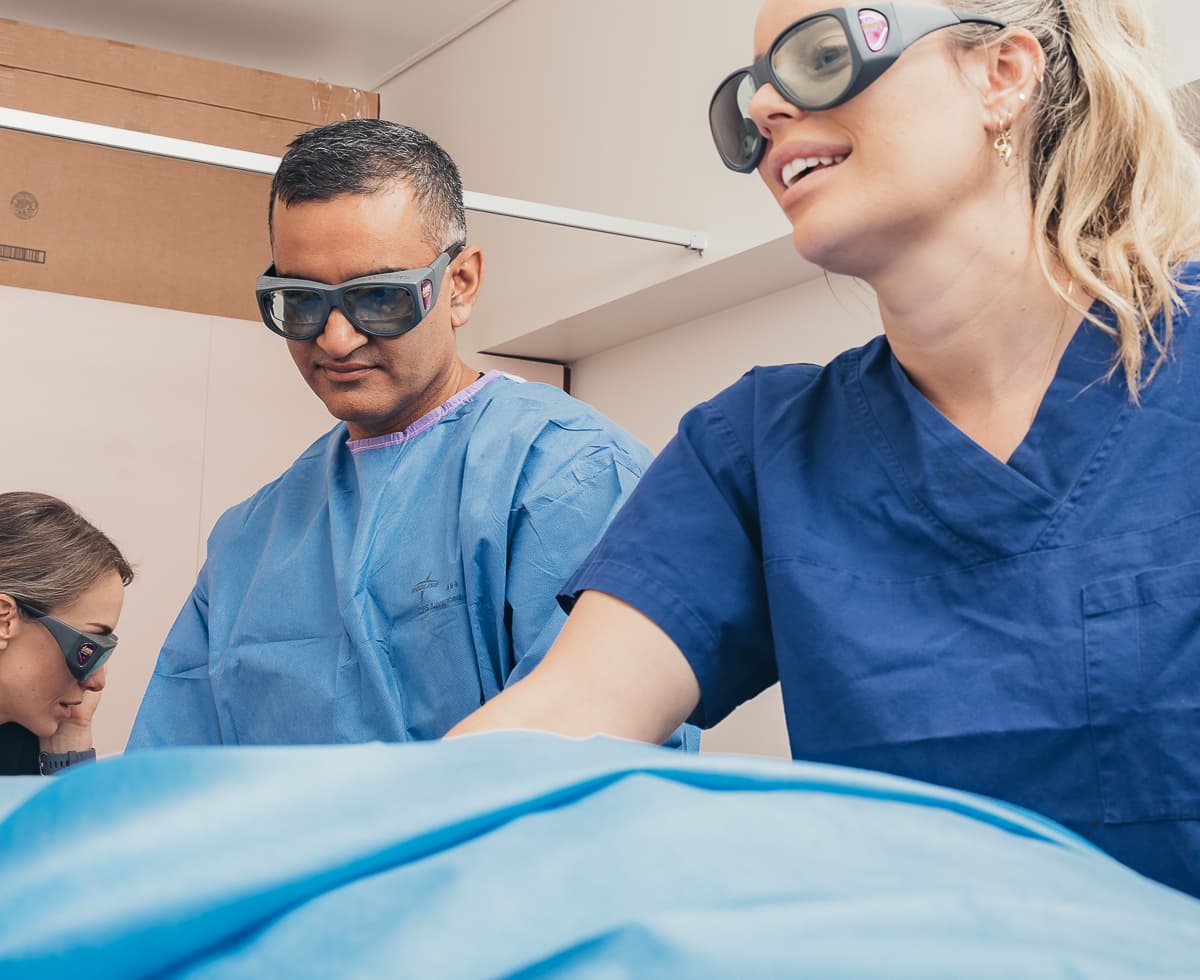
About
Dr Altaf
As a vascular surgeon, I believe there is no one size fits all. This means appointments take as long until you fully understand the condition and are happy with my approach to get you the best treatment option.
